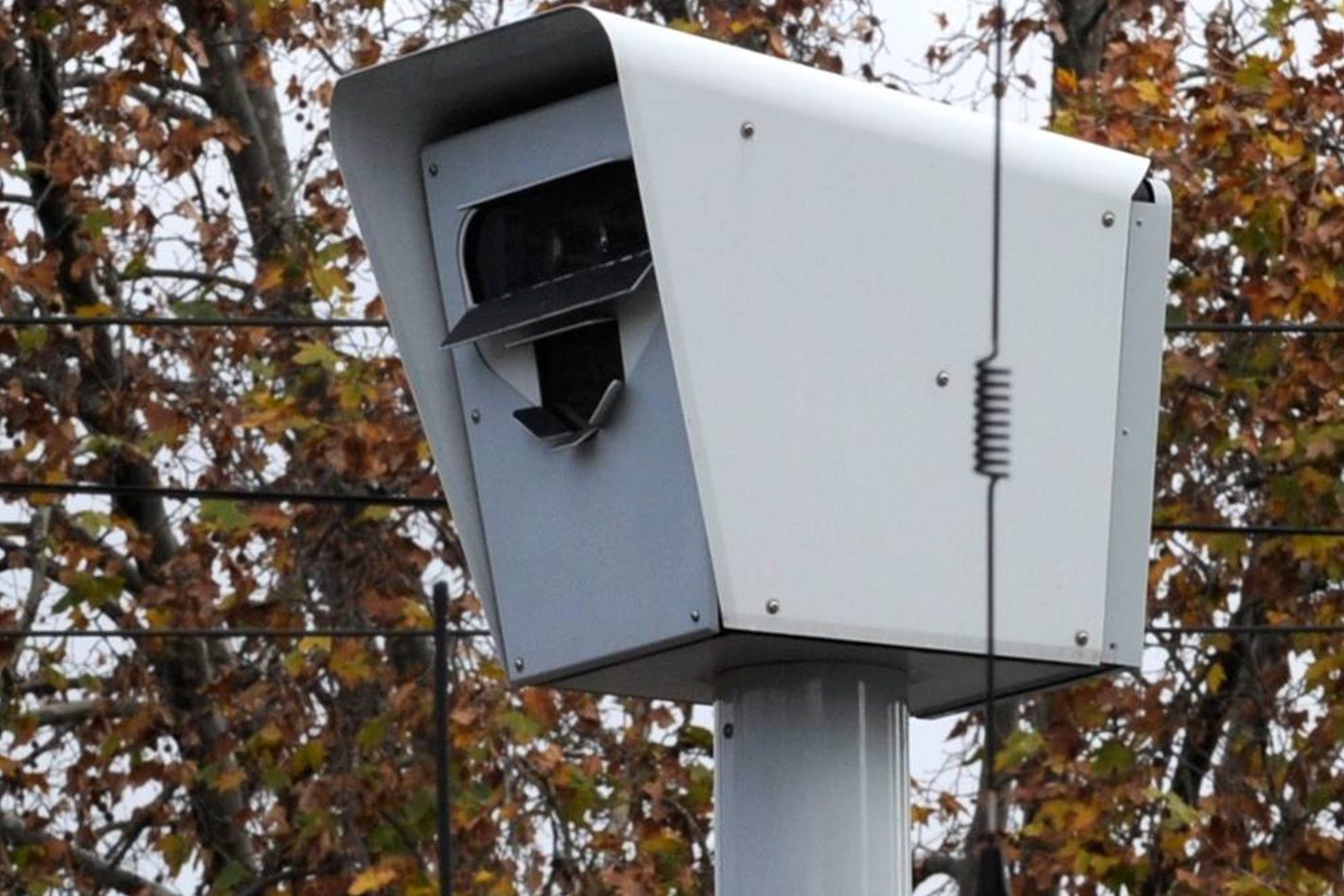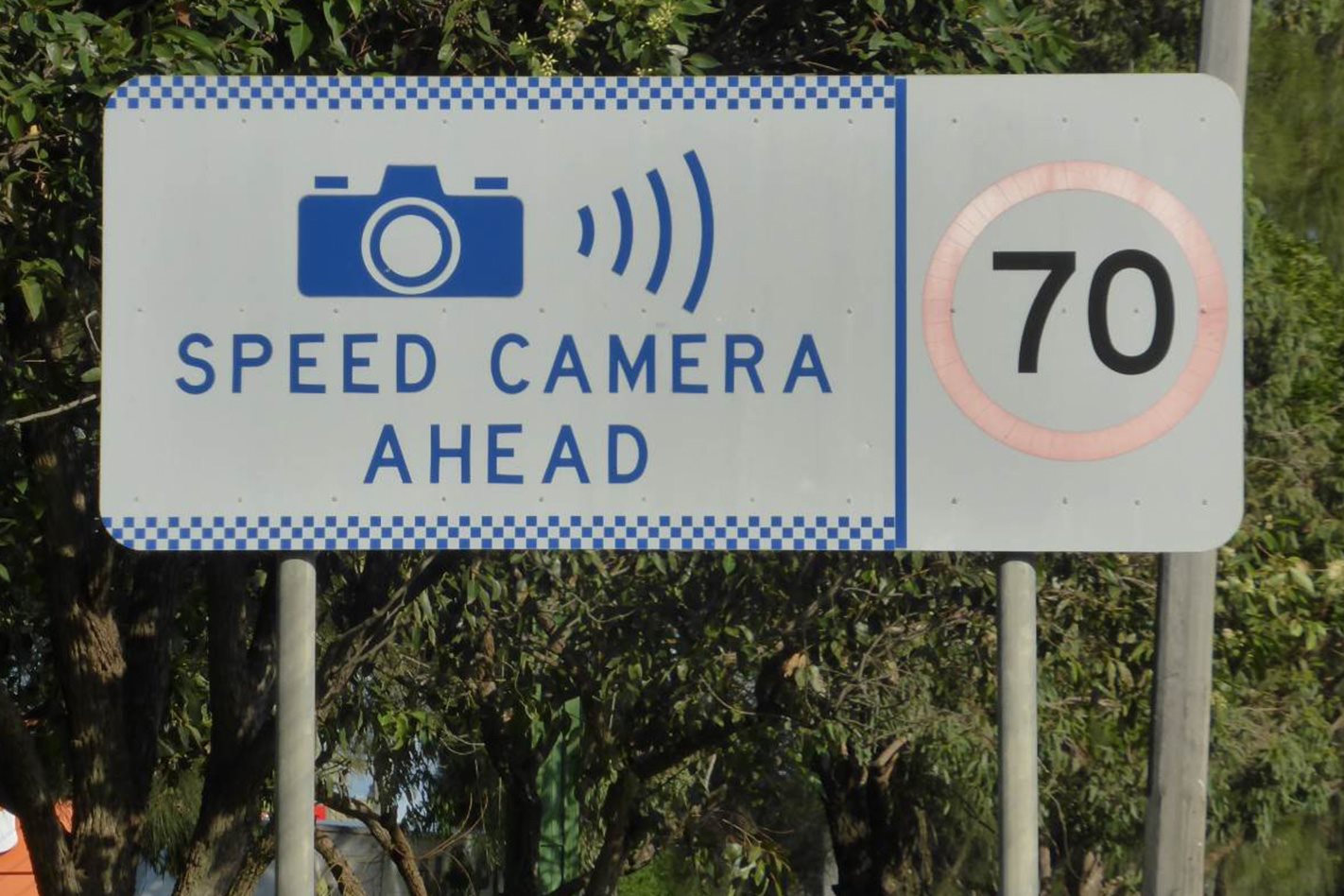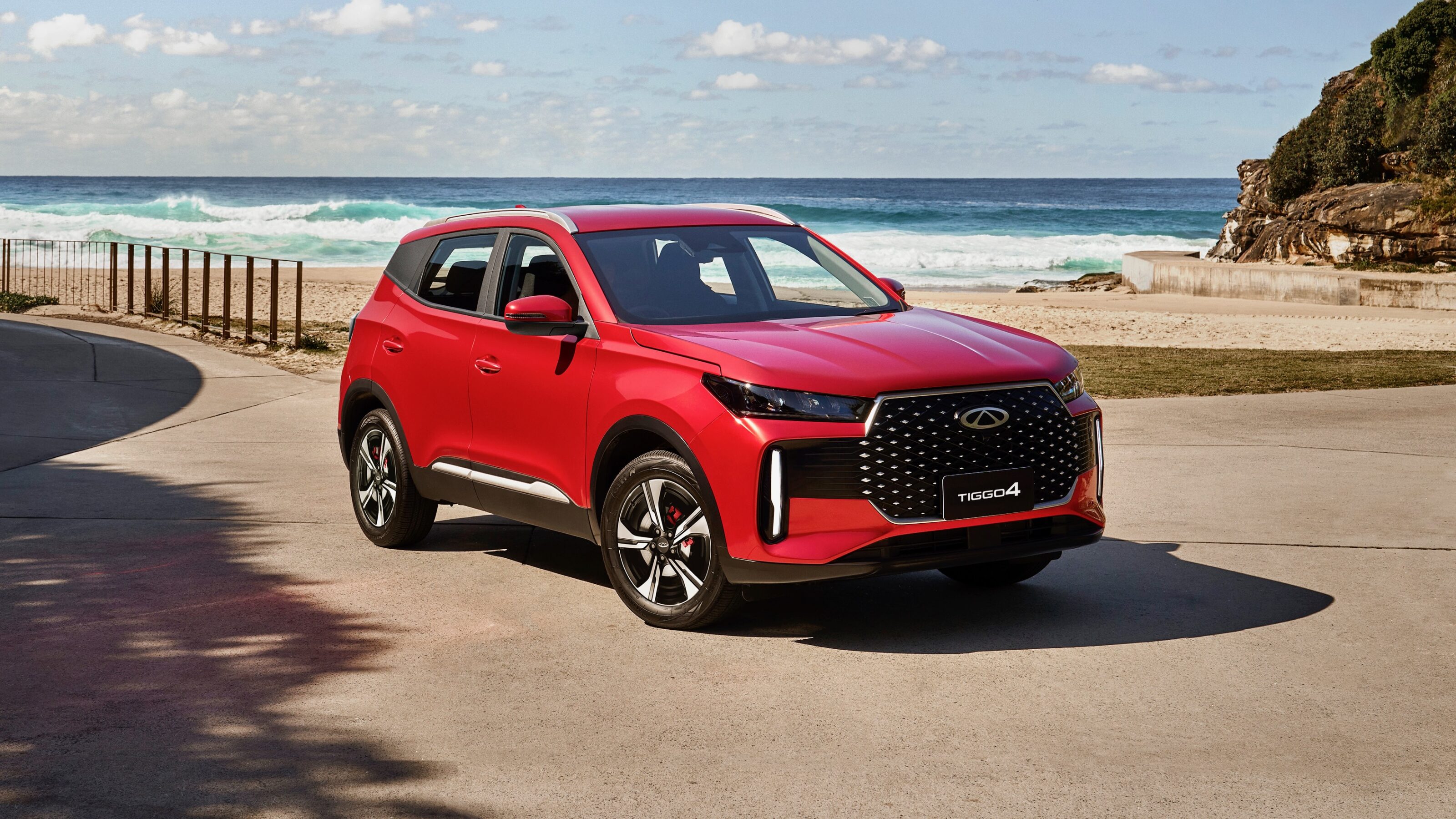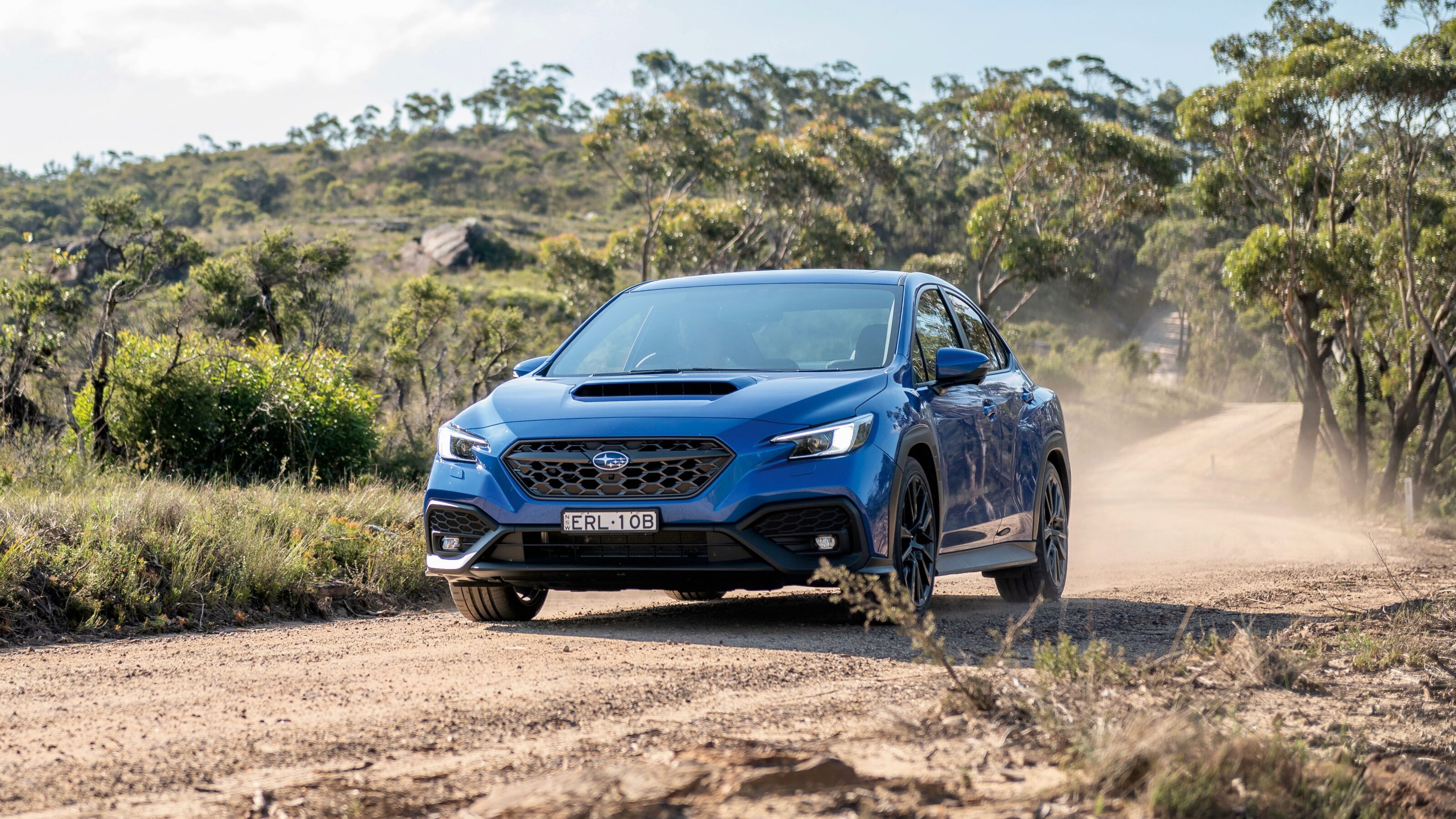DESPITE a marginal decrease in raised revenue, Victorian motorists injected over $900,000 per day into the state’s coffers in the form of speeding fines last financial year.
During the 2017/18 financial year, Victorians paid out $338m in fines, spread across 1.3m infringement notices.
The most lucrative camera in the state – and country – remains at the intersection of Warrigal Road and Batesford Road, in Melbourne’s south east.
Over the course of the year, the single camera which covers three lanes of 40km/h traffic fined 35,075 motorists to the tune of $8.4m.

This is a decrease from last year, when the same camera caught 51,519 drivers either speeding or running a red light.
Closing the gap to the Warrigal/Batesford camera was the second most profitable camera in the state (and country), located at the intersection of Fitzroy Street and Lakeside Drive in St Kilda. This camera fined 32,302 motorists to the tune of $7.9m in 12 months.
Despite the eye-watering revenue figure from the last financial year, it is a decrease compared to the $363.1m raised last year. In 2015/16 the figure was $356.4m.
Putting Victoria’s insatiable appetite for speeding fines into perspective is New South Wales, which fined 471,299 motorists for a total of $105m from its speed camera network during the 2017/18 financial year.
Police in the most populous state in Australia were also out in force, handing out 253,673 speeding infringements in person, adding $84m to the government’s coffers.
New South Wales also experienced a downturn in revenue in the 2017/18 financial year, with the $270m collected from speed and red light cameras in conjunction with visible police’s $4.7m together totalling less than the previous 12 months.
In Queensland it has been revealed the 2017/18 estimated actual revenue collected from speed camera fines totalled $160.6m.
However, the state’s government expects that number to increase by 47 percent to $237.2m by 2021/22 as a more aggressive policy is implemented.
“The Camera Detected Offence Program has also been approved to install additional point-to-point cameras, new red light speed cameras and upgrade existing red light cameras to red light speed cameras over the next four years,” a Transport and Main Roads spokesman told the Brisbane Times.
“The increase in mobile speed camera hours and additional fixed cameras are expected to lead to increased infringements and therefore increased revenue projections over coming years.”






